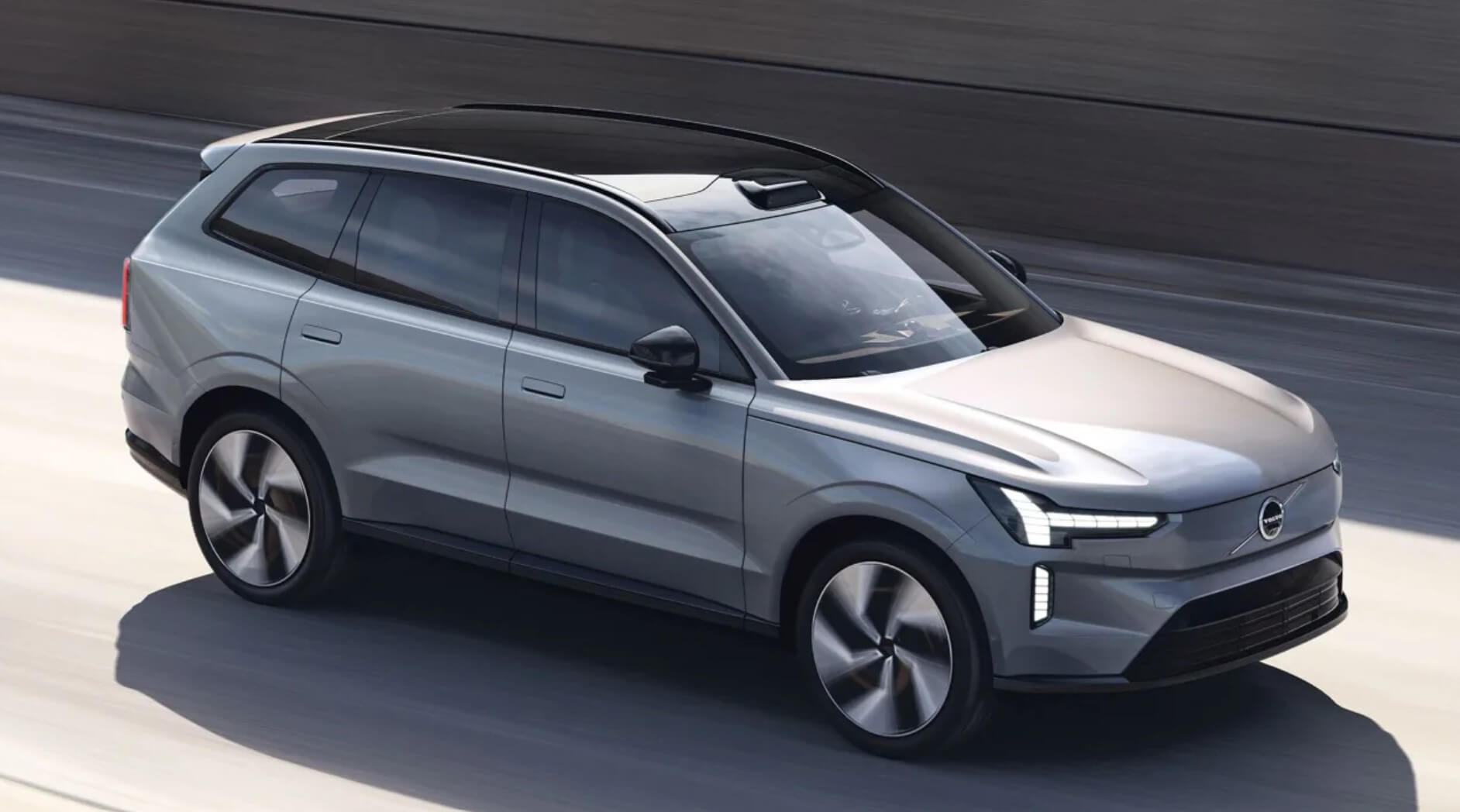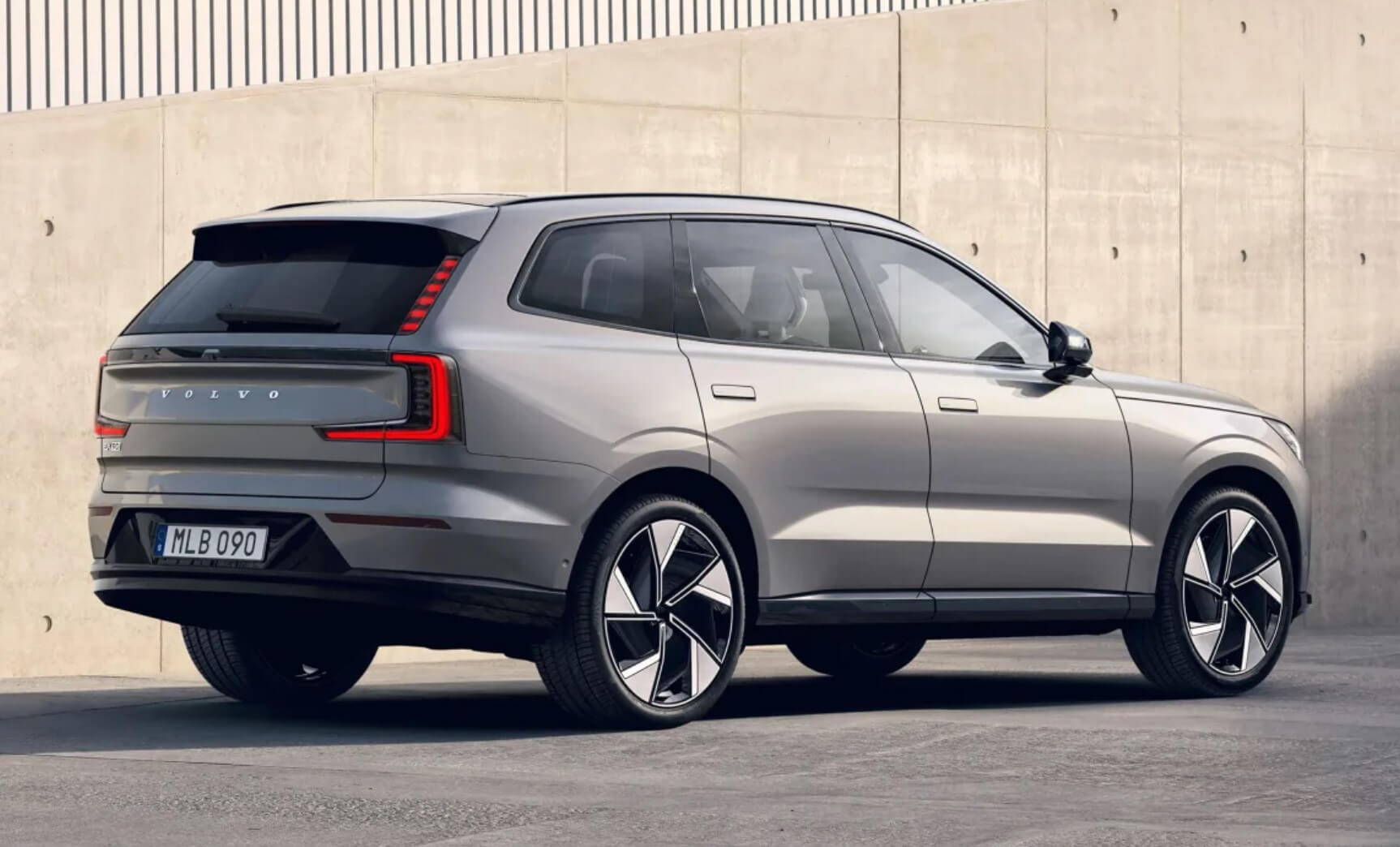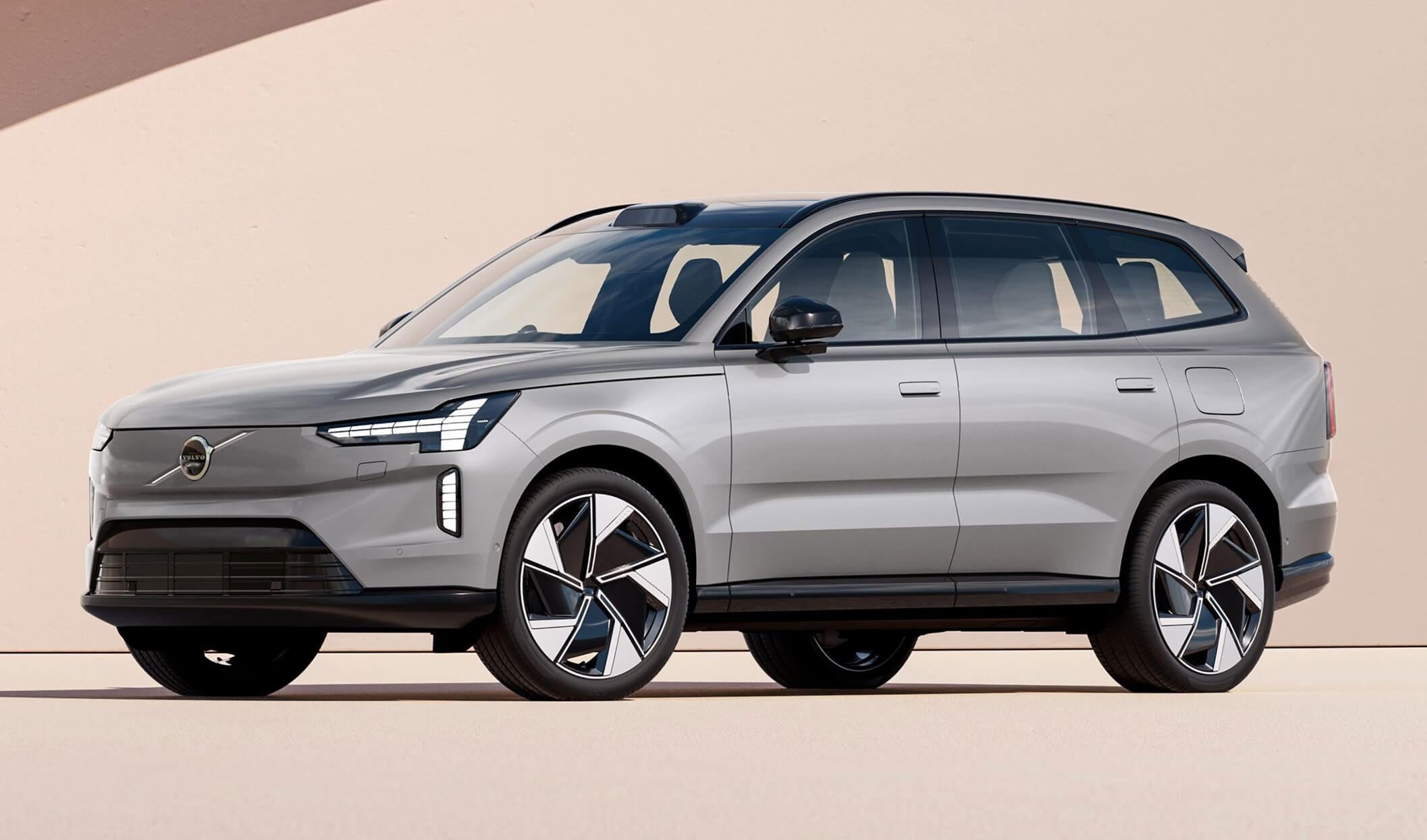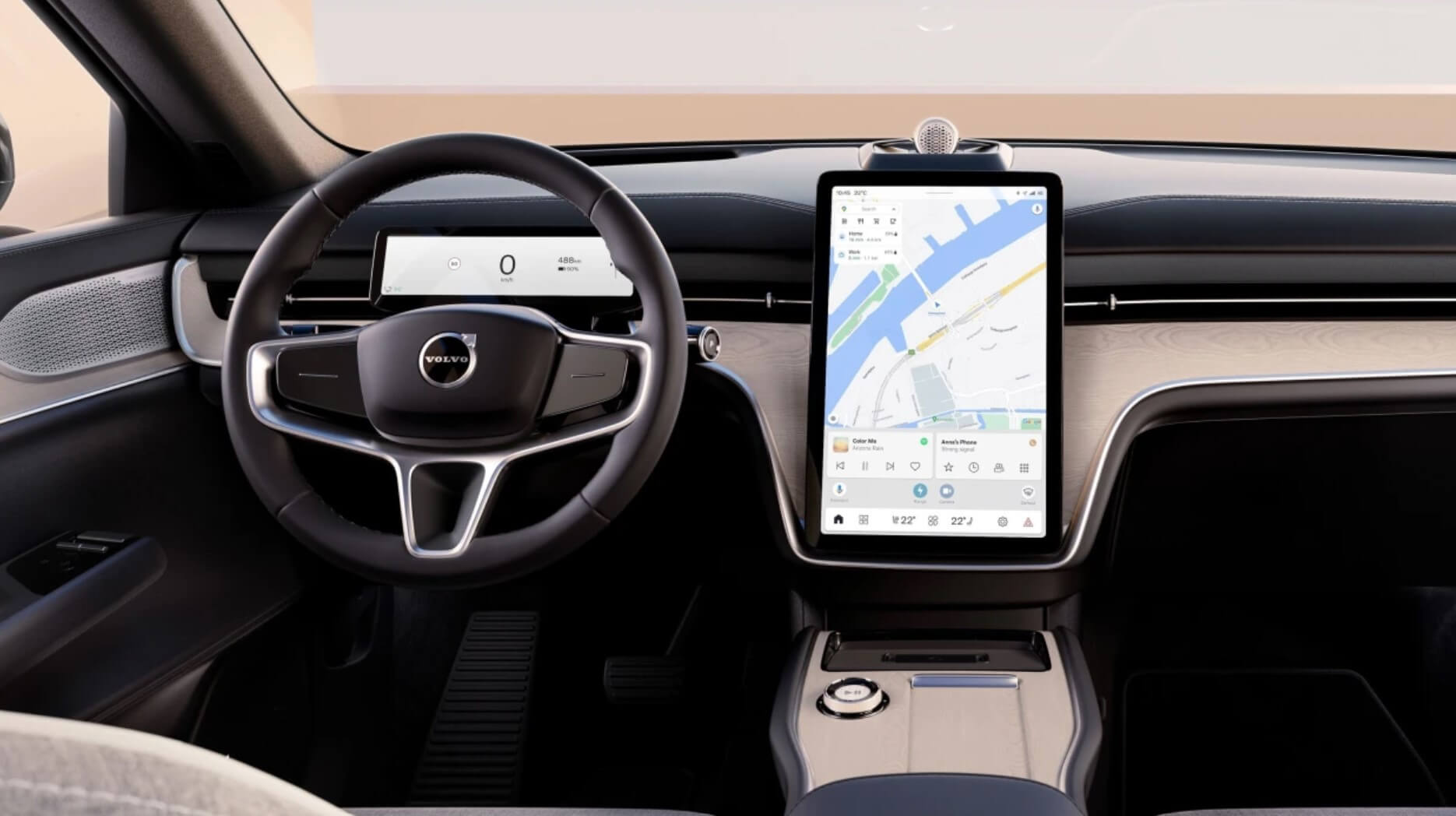Electric successor to the Volvo XC90 is met with a “tremendous reception” ahead of 2024 launch.
Demand for the Volvo EX90 which will come to Australia – with no price or timing information yet – has exceeded the Swedish firm’s “boldest” expectations, it said today.
The first production run for the electric SUV, which received its global launch last year, has sold out and the firm said orders surpassed its “most ambitious internal projections”. Earlier, Volvo said the car had been taken off sale.
Volvo CEO Jim Rowan told us the EX90 would initially enter production in very small numbers ahead of sales beginning in 2024.
He added that the seven-seater “blew through those targets for pre-orders” and that it “top and tails the range” with the EX30 – hinting that there will be no model smaller than the crossover, nor any larger than the EX90.
The EX90 – serving as a “statement for where we are and where we’re going” – is claimed by Rowan to set new standards for safety as Volvo aims for zero crash fatalities in its cars.
The new machine is effectively an electric-only equivalent to the current Volvo XC90. It’s the third electric Volvo, following the Volvo XC40 Recharge and Volvo C40 Recharge, but the first to sit on a dedicated electric platform – the Geely group’s advanced SPA2 architecture. It’s closely related technically to the recently revealed Polestar 3 but unlike that model features a third row of seats.
The EX90’s styling is based on the Concept Recharge that was shown last year. It retains familiar Volvo design cues, such as the blanked-off front grille seen on the XC40 and the upright rear lights. It has also been honed for aerodynamic efficiency to optimise the range; Volvo claims a coefficient of 0.29Cd.
It will arrive with a dual-motor, all-wheel-drive powertrain offering two outputs. Twin Motor models will have 300kW and 770Nm of torque, while Performance models will have 380kW and 910Nm. Both offer a limited top speed of 180km/h.
Lower-powered single-motor versions are likely to follow.
Power will come from a 111kWh battery (107kWh usable), with an efficiency of 4.7km per kWh and a claimed range of 586km and 580km respectively. The battery can be charged at rates of up to 250kW, offering a 10-80 per cent charge in 30 minutes.
At 5037mm, the EX90 is slightly longer than the current XC90. It’s also wider than that car but slightly lower and has a kerb weight of 2818kg.
There’s a 310-litre boot when seven seats are in use, which rises to 665 litres in five-seat mode and 1915 litres with both rows folded.
At launch, the EX90 will sit on 22-inch alloy wheels, with air suspension standard.
A major focus of the EX90 has been on the safety features, software and hardware that underpins the machine. Most notably, it will feature lidar as standard (this will be an option on the Polestar 3), with the sensor mounted on the front edge of the roof. That will complement a range of other interior and exterior sensors and cameras to power advanced driver assistance and safety systems.
Initially, that will include an upgraded Pilot Assist system, and a steering support function that will help changing lanes. Volvo says the systems will eventually it to offer an over-the-air subscription update that will offer “unsupervised autonomous driving” in certain conditions and places. The interior sensors can gauge eye concentration to warn about driving while distracted or drowsy.
The new safety kit, along with the EX90’s infotainment and battery management systems, will be powered by a core software system that uses advanced Nvidia Drive platforms along with Qualcomm’s Snapdragon Cockpit platform mixed with in-house Volvo software.
The interior dashboard is built around a 14.5-inch central touchscreen that features Volvo’s Google-based infotainment. The model features a 5G data connection as standard to aid with over-the-air software updates.
Production of the EX90 will begin in the firm’s plant in Charleston, South Carolina, the US, late next year, with manufacturing at the firm’s plant in Chengdu, China, following at a later date.
Volvo is aiming for manufacturing at both facilities to be climate-neutral by the time production starts.
Volvo has committed to becoming an electric-only brand by 2030, and the EX90 is the first of one new fully electric car that it will launch each year in the build-up to that.
The firm hasn’t confirmed what will follow the EX90 and EX30, but an electric equivalent of the current XC60 will likely also be a priority.







